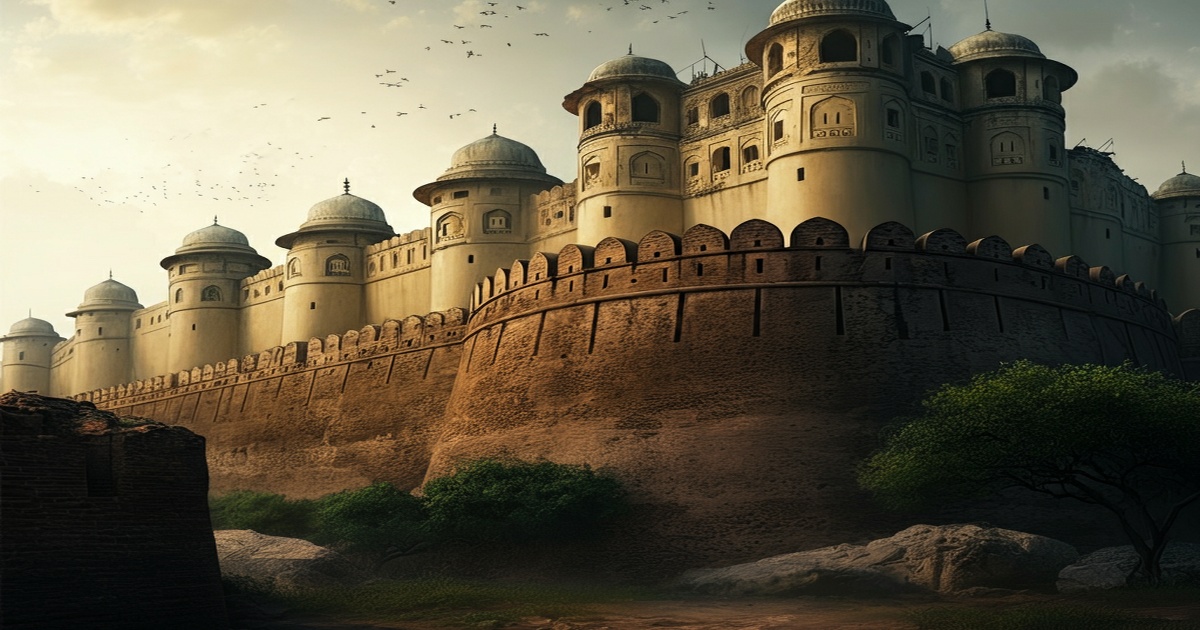Malbork's Astounding Size and History
Have you ever wondered how big a castle can truly be? Look no further than Poland, where the world's largest castle, Malbork, stands as a testament to human ambition and architectural prowess. Situated on the east bank of the River Nogat, Malbork boasts a staggering 2.27 million square feet of space, dwarfing even Buckingham Palace. This incredible medieval structure took 132 years to build, utilizing a mind-boggling 30 million bricks.
The castle's construction began in the 13th century by the Teutonic Order, a Catholic religious institution dedicated to aiding Christian pilgrims on their journeys to the Holy Land. Following their conquest of Old Prussia, the Teutonic Order sought to solidify their control over the region by constructing Malbork. The castle served as a powerful symbol of their authority and military might.
Malbork's construction unfolded in three distinct phases, each adding to its grandeur. The first phase saw the creation of the High Castle, described as "the formidable central bastion" by Lonely Planet. Over the following decades, the Middle Castle and Lower Castle were added, expanding the complex considerably.
In 1457, during the Thirteen Years' War, the Polish Army seized Malbork, marking a turning point in its history. The castle then became the residence of Polish Kings, witnessing a period of prosperity and cultural significance. However, subsequent invasions led to its decline, and by the 1800s, the government took over its protection.
Today, the meticulously restored Malbork Castle stands as a museum, welcoming over 300,000 tourists annually. Visitors can marvel at its towering walls, intricate details, and rich history, gaining a glimpse into the lives of those who once walked its halls. Malbork's legacy as a UNESCO World Heritage Site solidifies its position as a cultural treasure and a testament to the ingenuity of its creators.







7 Comments
Matzomaster
“What a captivating read! It’s amazing how 30 million bricks came together to form such a legendary castle.”
Karamba
“This castle might attract tourists, but its history as a tool of domination makes it problematic to celebrate.”
Matzomaster
“The narrative here is too one-sided—acknowledging the castle’s size while ignoring its brutal origins isn’t acceptable.”
Rotfront
“Malbork Castle stands as a cultural treasure. Thanks for highlighting its monumental legacy!”
Matzomaster
“We have to be careful not to romanticize history when it comes to structures like Malbork that have a complicated legacy.”
Donatello
“It’s easy to fall in love with impressive numbers, but the human cost behind that construction is often ignored.”
Eugene Alta
“I’ve always admired how history brings such monuments to life. Malbork is simply astounding!”